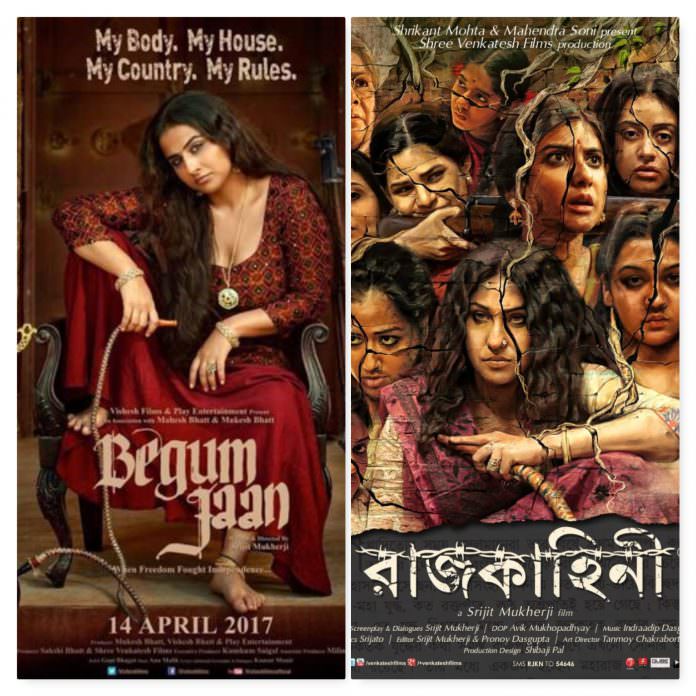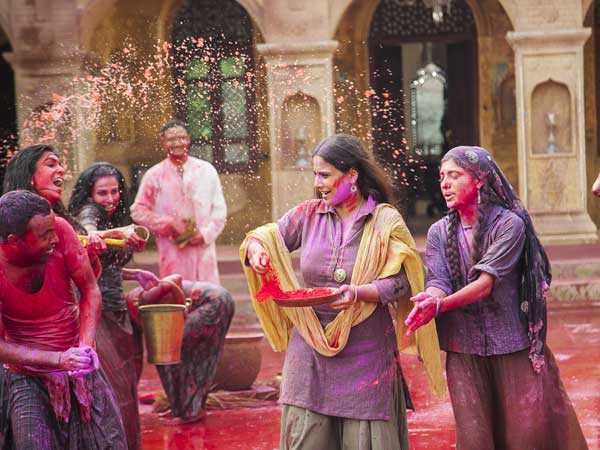

In scenes where a very old lady and a very young girl replicate Khol Do’s heroine’s actions, Mukherji also unwittingly betrays an oddly benevolent, muddled view of male rapists resulting from thoroughly misplaced ideas of sexual violence. Mukherji is so literal in his interpretation of Manto’s text that I wanted to cry. That story was not just about the survivor’s mental state but about her continuing worth as a human being. The short story Khol Do was about a girl so traumatised by repeated rape during Partition riots that as a reflex action she undresses herself on hearing a male voice. But what is one to make of Begum Jaan’s opening dedication to Urdu literary stalwarts Ismat Chughtai and Saadat Hasan Manto in the context of crucial scenes that completely miss the point of Manto’s Khol Do? Mukherji may argue that Chauhan meant well. Perhaps we should expect nothing more from a film which, early on, unquestioningly quotes Subhadra Kumari Chauhan’s popular poem about Laxmibai, Jhansi Ki Rani, in which courage is casually described as a masculine quality: “ Khoob ladi mardaani, voh toh Jhansi waali rani thhi” (she who fought like a man, she was the queen of Jhansi).

Contemporary Indian notions of female ‘ izzat’ (honour) have not evolved beyond a woman’s life being seen as less valuable than her unraped body a position that goes against what Begum Jaan stands for until the self-contradictory end. The messaging and metaphors of Begum Jaan are all mixed up, as exemplified by the romanticisation of Padmavati’s ‘sacrifice’. Sadly, they also reflect the filmmaker’s skewed notions of female honour, most especially when he appears to equate the historical Laxmibai, a real woman who fought the British till her dying breath, to the mythical Padmavati, who is glorified by folklore for having thrown herself into a fire so that an invading emperor would not get his hands on her. These satellite tales of valour mirror the film’s central saga of brave women defying convention and refusing to be subjugated. Three of these women are also played by Balan, Padmavati is described in a voiceover. Parallel to their lives, an old woman in the kottha (played by Ila Arun) narrates stories of legendary queens from Indian history and myth, who stood up to an ancient patriarchal world on their own terms, among them Rani Laxmibai, Razia Sultan, Krishna bhakt Meera and Padmavati. It goes without saying that everything about Begum Jaan’s brothel, from its location to its occupants and customers, is intended as a metaphor for a happily multi-cultural India being torn apart against her will. What is worse is that it is so pretentious and superficial, that it fails to plow past its grand intent to find a soul. It is bad enough that Begum Jaan is confused about what it wants to say. The Hindi version stars Vidya Balan as the protagonist.įrom the opening scene of the Hindi film, where an unlikely saviour wards off a young woman’s potential rapists, two things are evident: that Mukherji intends to make a big statement about female empowerment, and that his statement will come through self-defeating expressions and a limited understanding of his cause. It is a fascinating concept.īegum Jaan is Srijit Mukherji’s remake of his own 2015 Bengali film Rajkahini (Tale of The Raj) with Rituparna Sengupta in the title role.

The film is about the battle between them and the officials assigned to execute the Radcliffe Line. Still, Begum Jaan, her women and their male staff - creatures deemed most ravaged by society and most subservient to it – decide that they will not give in lying down. Hierarchies of class, caste and religion may be forgotten when these men visit her to quench their lust, but she soon discovers that she is up against forces much higher than anyone she has ever known. Begum Jaan has so far prided herself on her power, since her kottha is frequented by everyone in town, from ordinary folk to the local raja, freeloading policemen and British officials.


 0 kommentar(er)
0 kommentar(er)
